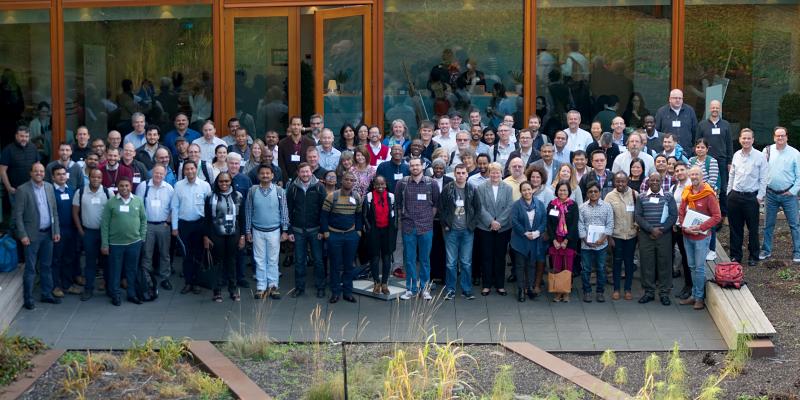In March 2019, EiB surveyed its members to identify the models of equipment currently used to digitize breeding operations.
These include package printers, label printers, barcode readers, electronic data collectors and seed counters that can be used to speed up, standardize and introduce efficiency savings into breeding program operations.
The survey results will be used to guide the outreach agenda of EiB module leaders, while the makes and models of equipment preferred by EiB users are available for reference on the EiB Toolbox.



